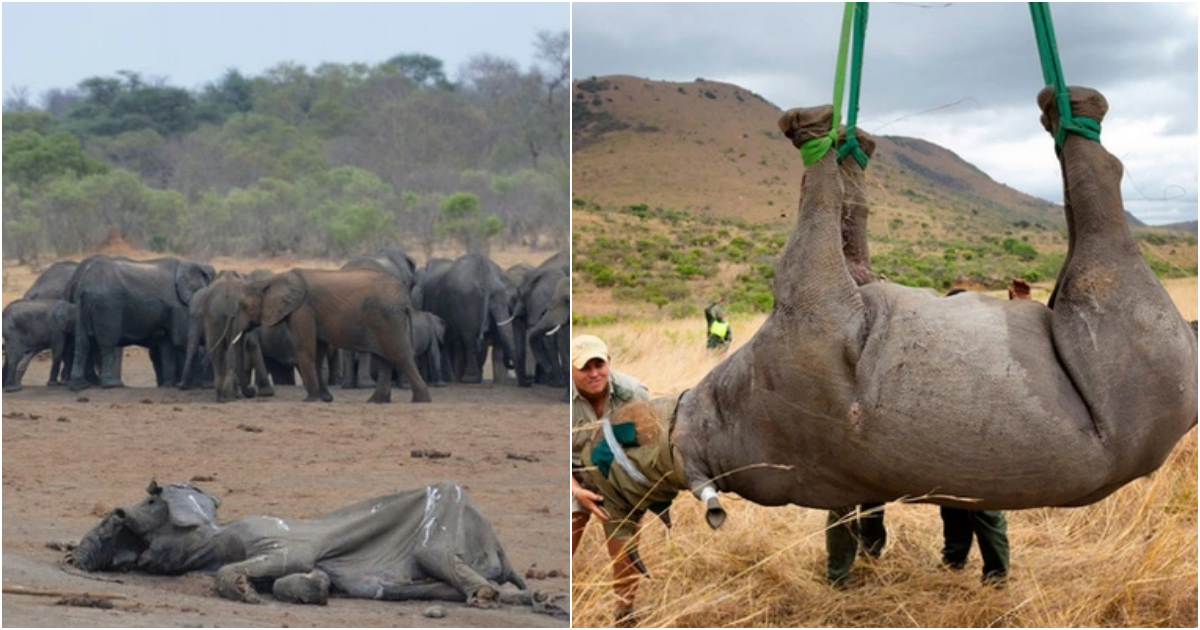The world is on the brink of experiencing the largest mass extinction event in human history!

Scientists have issued a warning that the number of wild animal species has declined by 67% in just the past 50 years.
The world is approaching the largest mass extinction event since the dinosaur era, which occurred approximately 65 million years ago. This warning is based on extensive research conducted on wild animals over many years.
By the year 2020, the number of mammal, bird, fish, reptile, and other animal species had declined by around two-thirds within a span of just 50 years, according to a report by WWF.
The current extinction rate of animals is over 100 times higher than the average. This figure is significantly higher than the five previous mass extinctions in Earth’s history. While the extinction of dinosaurs was caused by a large asteroid impact, animal species today are facing extinction primarily due to one cause: humans.
 Within just 50 years, two-thirds of the Earth’s animal species are projected to disappear.
Within just 50 years, two-thirds of the Earth’s animal species are projected to disappear.
The Living Planet Report by WWF and the Zoological Society of London analyzed data from over 3,700 species, making it the most comprehensive assessment and global report to date. The research results revealed that from 1970 to 2012, the average decline in animal populations was 58%.
According to the report, this number was projected to reach 67% by 2020, indicating that Earth had likely lost approximately half of its animal species.
Dr. Mike Barrett, Director of Science and Policy at WWF UK, stated that this is the first time in 65 million years that Earth is facing such a significant mass extinction event. Human exploitation of natural resources without regard for the consequences has threatened ecosystems and the very existence of wild animal species, pushing many species to the brink of extinction.














